Scientists have spotted water in a primitive meteorite, expanding our understanding of the ancient solar system.
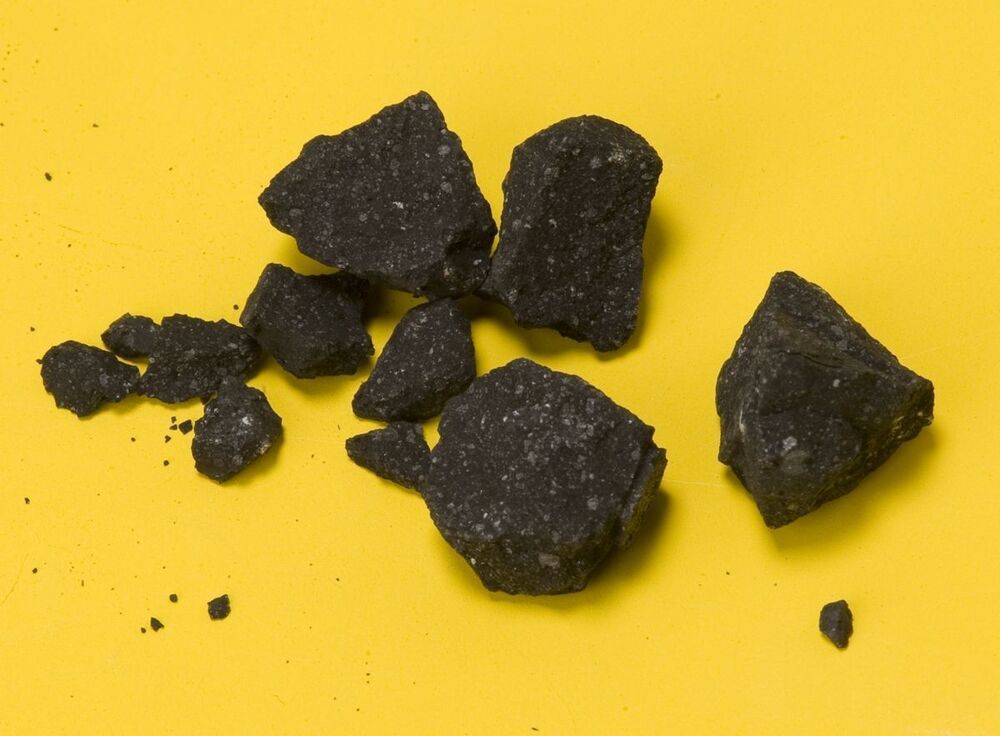

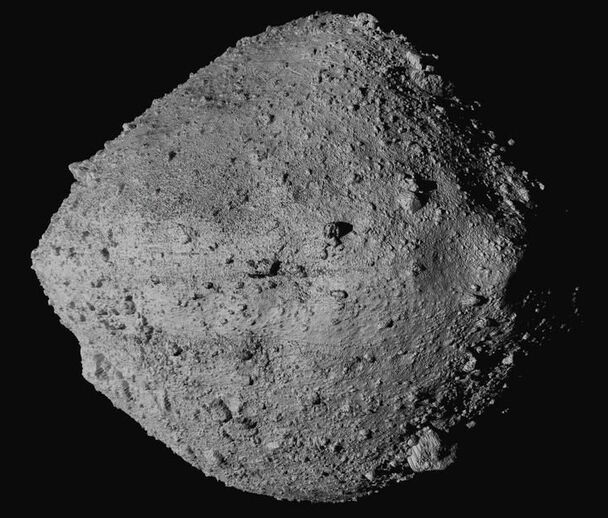
After nearly five years in space, a NASA spacecraft is nearing the end of its historic mission, beginning its journey home to Earth with a plethora of asteroid samples.
NASA’s Origins, Spectral Interpretation, Resource Identification, Security, Regolith Explorer (OSIRIS-REx) spacecraft began its journey back to Earth on Monday — a trip that’s expected to take around two-and-a-half years. It’s returning from the near-Earth asteroid Bennu, and it marks NASA’s first-ever asteroid sample return mission.
The spacecraft is only about 200 million miles away, but it will have to circle the sun twice to catch up to Earth — making the journey a total of 1.4 billion miles.
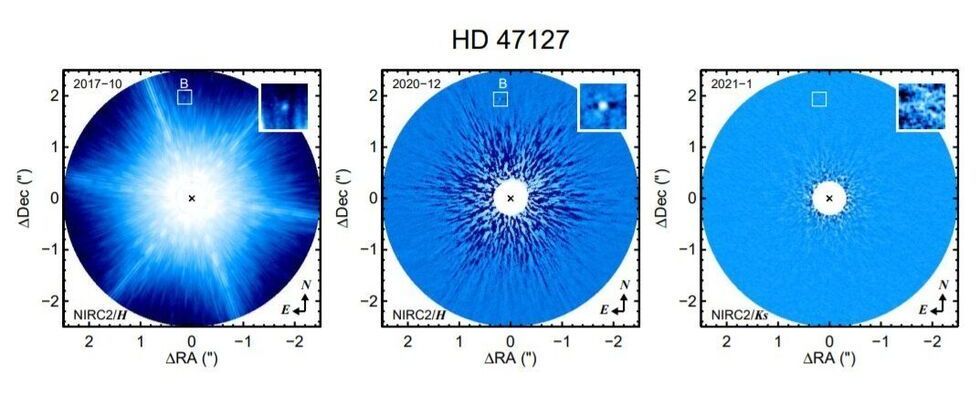
Using the Harlan J. Smith Telescope, astronomers have discovered that the star HD 47127 has a substellar companion. The newly identified object, designated HD 47127 B, appears to be a brown dwarf or a brown dwarf binary. The finding is reported in a paper published May 4 on arXiv.org.
Brown dwarfs are intermediate objects between planets and stars. Astronomers generally agree that they are substellar objects occupying the mass range between 13 and 80 Jupiter masses. One subclass of brown dwarfs (with effective temperatures between 500 and 1500K) is known as T dwarfs, and represents the coolest and least luminous substellar objects so far detected.
Located some 86.8 light years away, HD 47127 is an old sun-like main sequence star of spectral type G5. The star is slightly metal-rich and has a mass of about 1.02 solar masses. Its age is estimated to be between 7 and 10 billion years.
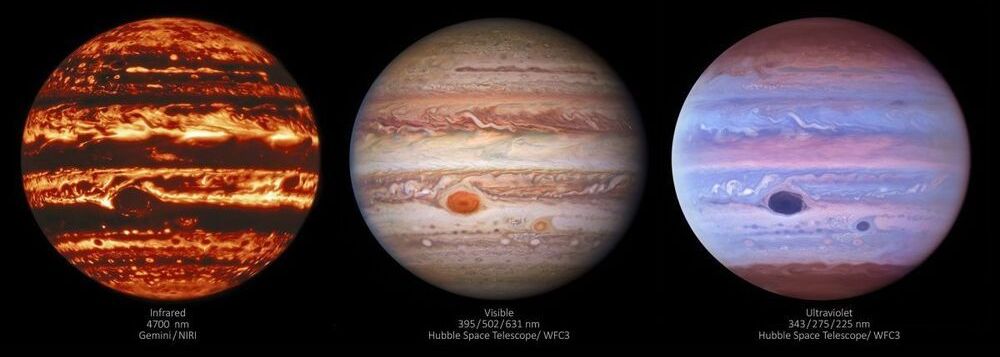

Researchers in Singapore have found a way of controlling a Venus flytrap using electric signals from a smartphone, an innovation they hope will have a range of uses from robotics to employing the plants as environmental sensors.
Luo Yifei, a researcher at Singapore’s Nanyang Technological University (NTU), showed in a demonstration how a signal from a smartphone app sent to tiny electrodes attached to the plant could make its trap close as it does when catching a fly.
“Plants are like humans, they generate electric signals, like the ECG (electrocardiogram) from our hearts,” said Luo, who works at NTU’s School of Materials Science and Engineering.
They may be tiny weapons, but Brigham Young University’s holography research group has figured out how to create lightsabers—green for Yoda and red for Darth Vader, naturally—with actual luminous beams rising from them.
Inspired by the displays of science fiction, the researchers have also engineered battles between equally small versions of the Starship Enterprise and a Klingon Battle Cruiser that incorporate photon torpedoes launching and striking the enemy vessel that you can see with the naked eye.
“What you’re seeing in the scenes we create is real; there is nothing computer generated about them,” said lead researcher Dan Smalley, a professor of electrical engineering at BYU. “This is not like the movies, where the lightsabers or the photon torpedoes never really existed in physical space. These are real, and if you look at them from any angle, you will see them existing in that space.”
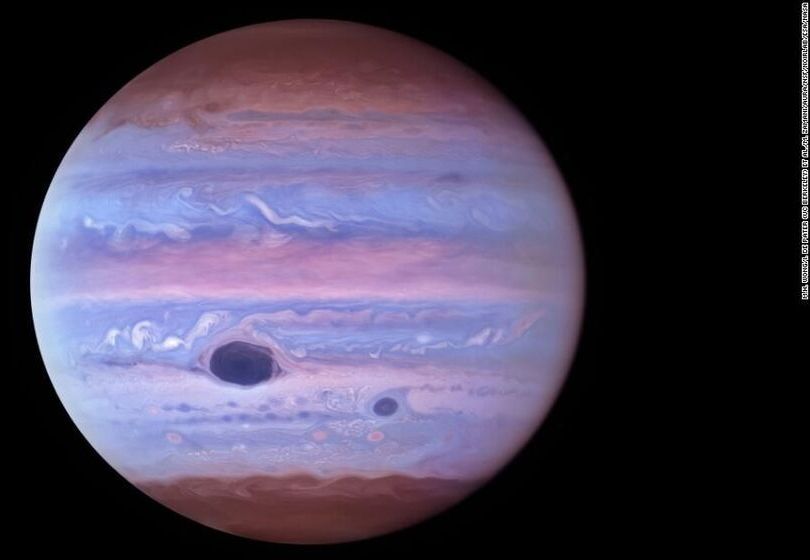
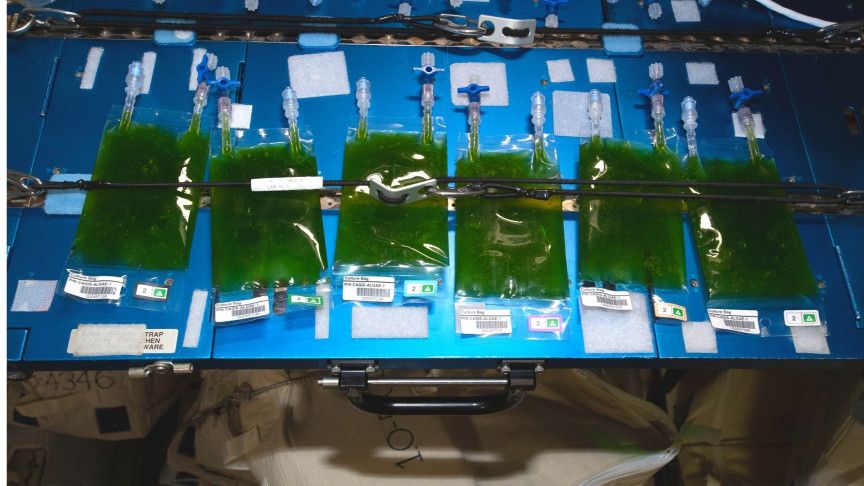
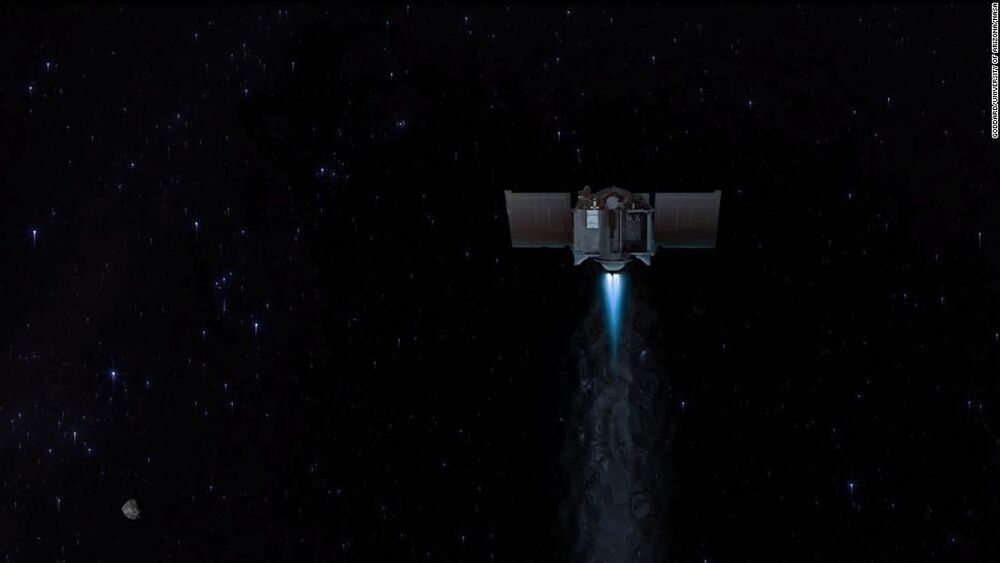
After spending nearly two-and-a-half years together, a NASA spacecraft will bid farewell to its asteroid companion Monday and begin the long journey back to Earth.
The OSIRIS-REx spacecraft is NASA’s first asteroid sample return mission, and it carries a generous amount of material collected from the near-Earth asteroid Bennu.
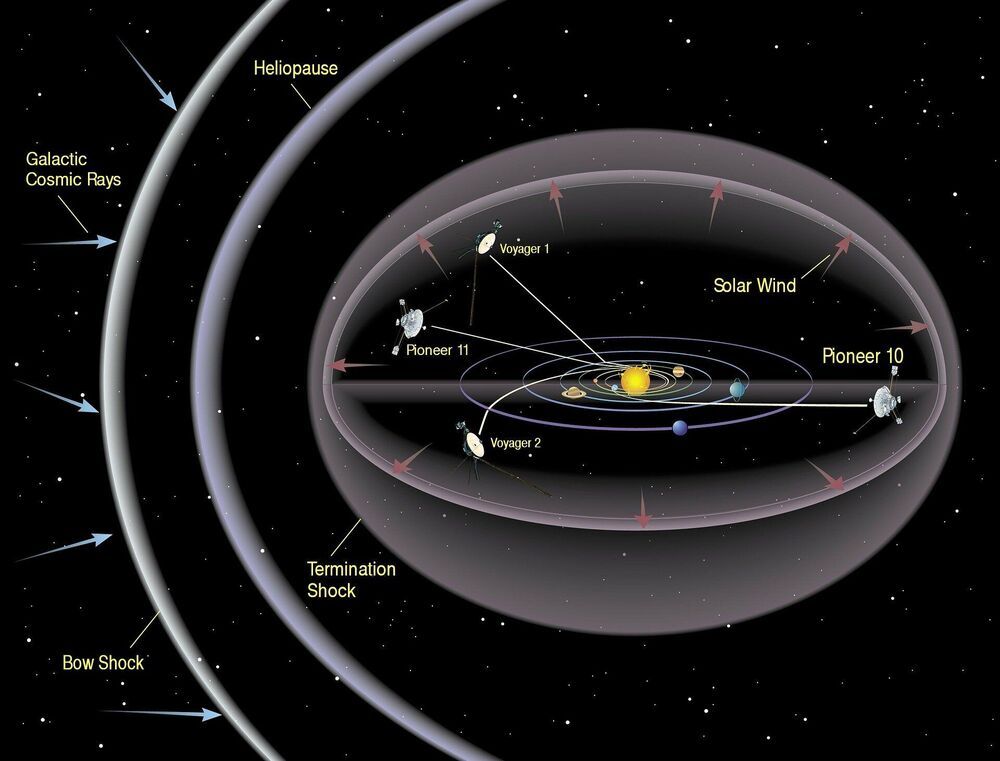
Voyager 1—one of two sibling NASA spacecraft launched 44 years ago and now the most distant human-made object in space—still works and zooms toward infinity.
The craft has long since zipped past the edge of the solar system through the heliopause—the solar system’s border with interstellar space —into the interstellar medium. Now, its instruments have detected the constant drone of interstellar gas (plasma waves), according to Cornell University-led research published in Nature Astronomy.
Examining data slowly sent back from more than 14 billion miles away, Stella Koch Ocker, a Cornell doctoral student in astronomy, has uncovered the emission. “It’s very faint and monotone, because it is in a narrow frequency bandwidth,” Ocker said. “We’re detecting the faint, persistent hum of interstellar gas.”